
We make the operation of virtual servers
significantly easier.
Features
DPCM supports the full range of required functions throughout the lifecycle in a IBM Datacenter from planning, deploying and modification of LPARs to decommissioning and migration to new systems.
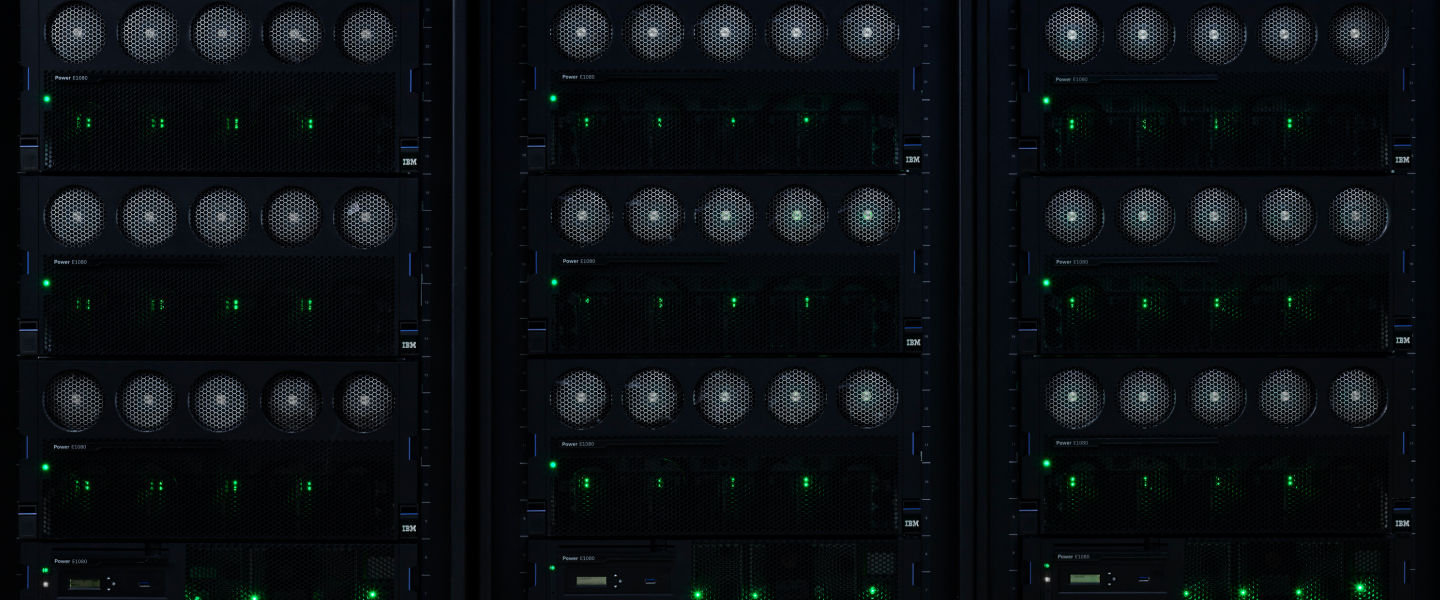
Deployment
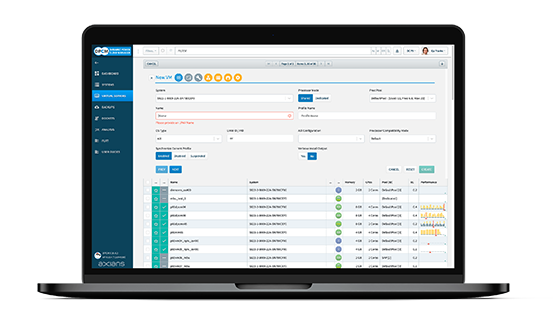
Deployment
DPCM supports LPAR deployment in all forms, including prepared templates and scratch deployments. Additionally, DPCM is easier to use than other methods because it integrates all aspects of creation and operation into a single interface, eliminating the need to switch between different tools. Therefore this interface incorporates HMC profile and adapter management, connection provisioning through VIO and physical adapters, and OS deployment with the NIM server. Finally you can create templates simply by backing up existing VMs.
Backup & Restore
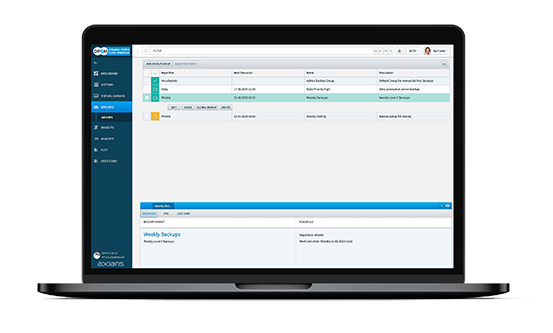
Backup & Restore
DPCM manages any number of NIM servers and integrates them into a backup control system. This automatically manages backup frequency, time, and generations of the included VMs via definable groups. Additionally, the backup system allows manual intermediate backups at any time. DPCM manages backups for AIX and Linux VMs, so there is no need to set up separate backup logic and infrastructure for Linux.
Compliance & Reports
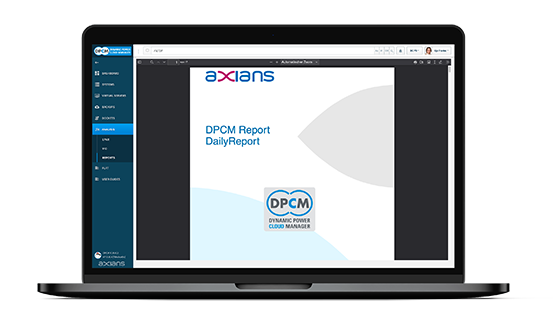
Compliance & Reports
DPCM helps to meet SLAs and other legal or contractual obligations regarding documentation, response times, and security fixes by centrally logging actions, providing backup and restore capabilities, and assigning important metadata to system components. On top we integrated the official IBM Fix List recommendation tool (FLRT) seamlessly into the application.
Reports are automatically generated and saved at the desired times. Predefined report elements are available for documenting the power landscape. You can enhance those with all information available in DPCM. Along with all technical information you will find billing data, location information, and other assigned properties. You can compile all those information in custom reports without programming efforts.
Ansible Automation
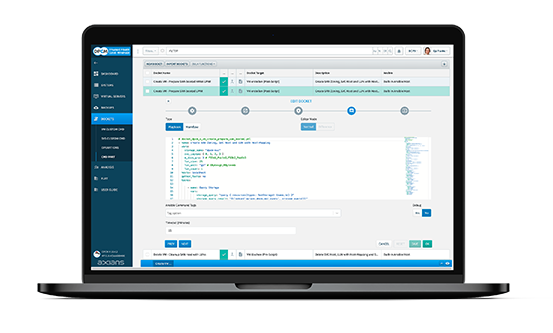
Ansible Automation
The high-level functions of DPCM provide alone streamlined functionality and automation. Complex command sequences needed to be executed across all system components are in this way available with a single call.
In addition DPCM’s preconfigured Ansible server adds a next level to this automation, because it allows to customise and enhance the functionality or implement own operational concepts. Using Dockets and Ansible playbooks within functions enables you to extend function in pre-process, post-process or customise standard functions.
You can seamlessly integrate an existing Ansible server into these capabilities for some or all your extensions. An Ansible Collection provides full access to the DPCM API. In conclusion, the included plugins enable you to utilize fully preconfigured DPCM automation in your playbooks.
Disaster Recovery
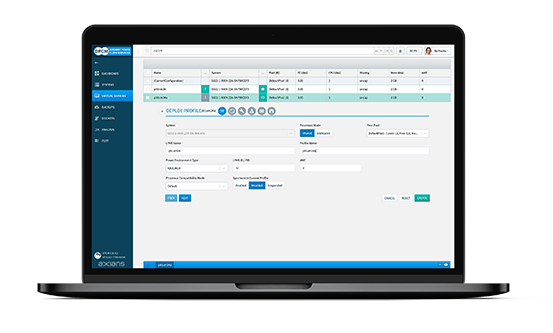
Disaster Recovery
Additionally to the integrated system backup for VMs, DPCM supports recovery of a VM to another system if the original system fails, using its own advanced profile management. Furthermore, DPCM stores all profile information in its own database and can restore an LPAR to a backup system even if the HMC is also affected by the system failure. DPCM instances can be installed redundant and synchronized for coast-2-coast scenarios.
Standardization
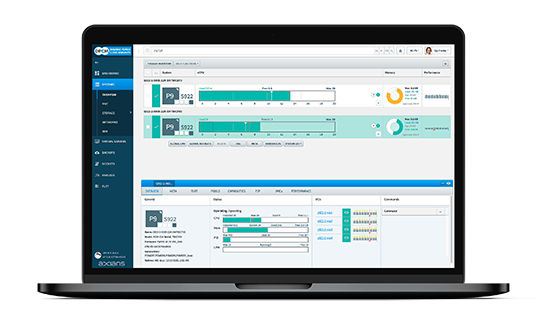
Standardization
The IBM Power System, with its numerous configuration options at the adapter level alone, offers enormous flexibility to address special requirements of data protection systems or high-performance and HA applications. At the same time, however, this flexibility can lead to a jungle that makes necessary changes during operation difficult and prevents smooth and fast recovery in the event of a disaster. DPCM helps maintain a consistent layout and avoid these problems.
DPCM provides an API for all high-level functions and system inventory, decoupling attached processes that require these functions and information from version-dependent changes to IBM system components such as HMC/VIO or NIM.
Monitoring
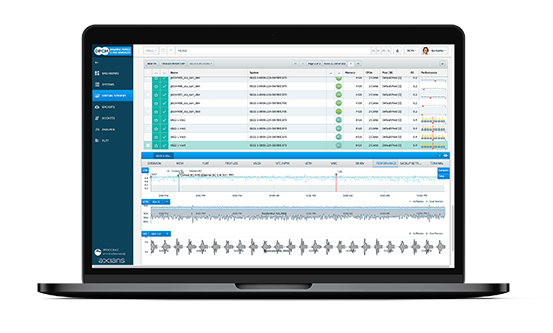
Monitoring
DPCM offers real-time monitoring of performance and graphical analysis of load data throughout the entire runtime. Thereby, related load data is brought into reference in a simple way. As a result the compute load data of a VM is related to the load of vEth or vFc slots at a glance.
The load advisor analyzes your environment retrospectively, taking into account defined service level times. With this data under- or over-provisioned VMs are identified and you get changes suggested. For VIOs, an advisor calculates the IBM defaults based on the actually used adapters and ports and documents any deviations.